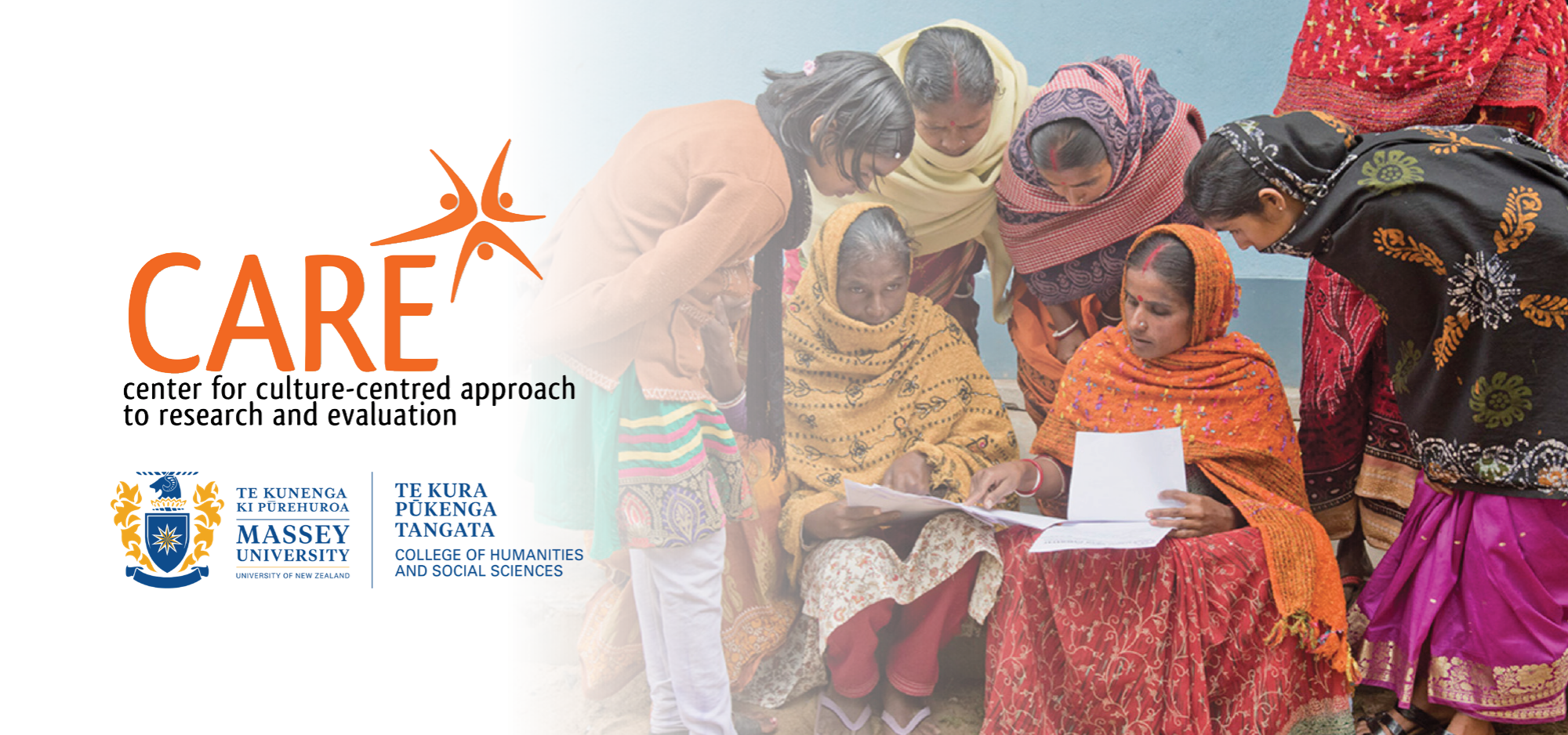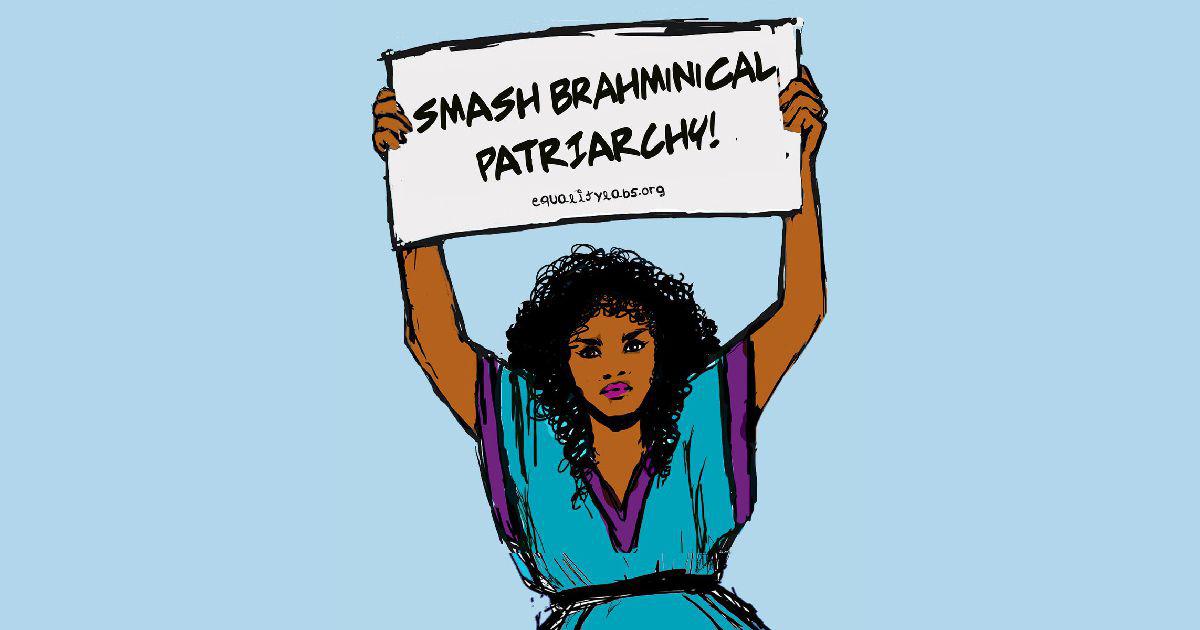The collaborations between Whiteness and Brahminism: The ongoing erasure of the “margins of the margins”
posted by Prof. Mohan J. Dutta on February 22, 2021
The racist politics of whiteness is convergent with the feudal politics of caste (Wilkerson, 2020). Both white supremacy and caste supremacy work through the erasure of the voices of the outcaste, even as the outcaste is turned into the object of interventions.
Brahminical privilege in the diaspora colludes with Whiteness in perpetuating caste oppression.
Caste oppression, picked up and circulated into the networks of White Pākehā culture, find new modalities of perpetuating its violence.
In response to the work of the culture-centered approach (CCA) (Dutta, 2004), imagine this scenario, a White Pākehā person and a White Brahmin person having a conversation about the “margins of the margins,” a key concept of the CCA.
The conversation goes somewhat like this.
White Pākehā (with a grimace, expressing disgust): And what even is that, “margins of the margins?”
White Brahmin (picking up the Pākehā grimace and perfecting it): Oh really, how disgusting it is! To talk about us migrants and put us in a box. To call us as the margins?
White Pākehā: What even is the margins of the margins? Who is that?
White Brahmin: I know right? It is not acceptable sorry. I mean, I am myself a migrant. I live migrant identities. How can you call me margins?
White Pākehā: And who exactly are you centering in this talk?
White Brahmin: Remember, for you who is at the periphery is at the center for others. I don’t think of myself as the periphery.
White Pākehā: That’s mansplaining….
This snippet of a fictitious conversation depicts the whiteness of the violence of the erasure. Of course, this violence is performed without having done the readings although numerous readings and lessons have been shared with the White Pākehā. Necessary to the perpetuation of erasure of the margins is the deployment of “woke discourse” that serves the hegemonic positions of whiteness and brahminism. As a communicative inversion, “mansplaining” becomes the rhetorical tool for the White Pākehā and the White Brahmin to erase the margins, to deny its existence, and worse, to turn it into a caricature to serve Pākehā-Brahmin hegemony.
Lazy posturing is an integral strategy that holds up White privilege, and deploys primitive caste politics to bolster it, all under the pretext of progressivism or radicalism (mediated by the oh-so-feminist-sounding jingoism).
The Savarna Brahmin in the diaspora performing the model minority is integral to the erasure of the margins. That there exist material registers of marginalization is the anchor to transformative social change. The White Brahmin collaborator with the White Pākehā culture maintains the infrastructures of erasure by denying the existence of the margins. Even worse, the White Brahmin takes up the migrant position to deny the existence of the margins and her struggles, erasing the possibilities of listening to the voices of the outcastes in the diaspora who are also the objects of the Brahmin’s oppression in the homeland. Erased from the discursive registers are the predominantly caste-based gender violence perpetuated by Brahmins both in the homeland and in the diaspora.
The Brahmin profits from this denial of marginalization, both at home and in the diaspora. Erased from the discursive registers are the everyday forms of gendered-raced violence perpetuated by the whiteness of settler colonialism.
That somehow the reference to margins is disenfranchising works to hold up the supremacy of both the Pākehā and the Brahmin. This denial can justify both Brahmin and White privilege, with the privileged continuing to talk about how to lift the burden of the soul, all along denying the very agentic capacities of those at the margins (Dutta, 2004). Not seeing, not witnessing the margins and attacking the discursive register of the margins is integral to the denial of the voices of those at the margins.
To deny the materiality of the margins is a vital strategy to retaining and reproducing white Pākehā and brahminical privilege.
In our work with the CCA therefore, it is vital to witness, count, describe and challenge this politics of white-savarna denialism.
As resistance then, let’s turn to the discursive register. The margins exist. The “margins of the margins” exist. Produced by the very structures of White-Brahminical colonialism that both White Pākehā and White Brahmins deny.
References
Dutta, M. J. (2004). The unheard voices of Santalis: Communicating about health from the margins of India. Communication Theory, 14(3), 237-263.
Wilkerson, I. (2020). Caste: The Origins of Our Discontents. Random House.
#Whiteness #Brahminism #erasure #marginsofthemargins #WhitePākehā

